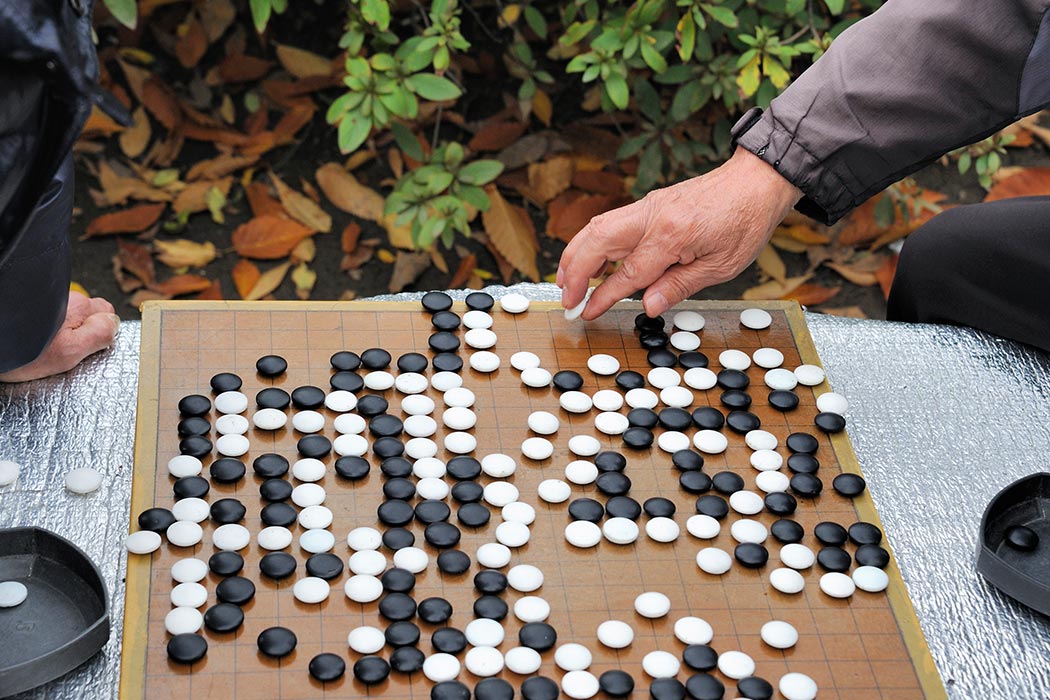The match is over. In a historic series of games, South Korean Go champion Lee Sedol lost four out of five to the computer AlphaGo, marking, as Wired put it, “the first time a machine had beaten the very best at this ancient and enormously complex game—a feat that, until recently, experts didn’t expect would happen for another ten years.” Reports on the matches note both that AlphaGo played moves no human had ever used before, and that Sedol learned quickly from his defeats to spot the computer’s weakness and win the fourth game. The match had been highly anticipated, and was reminiscent of the famous 1997 match between chess champion Garry Kasparov and IBM’s Deep Blue.
Go may well be the new benchmark for testing the game knowledge of algorithms, a position traditionally held by chess. Researcher Nathan Ensmenger has written a social history of chess and artificial intelligence (AI), arguing that “chess is the drosophila” of the field, meaning that it is a common and accessible game which has been used over and over again to make great gains in knowledge, like the fruit fly commonly used in biological experiments.
The drosophila analogy is first attributed to Russian mathematician Alexander Kronrod in the 1960s, a decade after the invention of the AI discipline. Nobel laureate economist Herbert Simon made the claim in print in 1973, and within a few decades computer chess was seen as integral to AI. Hundreds of papers and thousands of experiments have since been created around chess. So how has this affected the development of artificial intelligence, asks Ensmenger, who notes that using chess as the game of choice to match up against computers wasn’t a neutral one.
When the fruit fly became the organism of choice for biologists, genetics became more dominant than other biological studies because it was so easy to experiment with the fruit fly. Similarly, the dominance of chess programs meant that techniques such as the minimax algorithm and deep-tree searching became dominant AI methods, overshadowing other methods that were less able to be tested against chess.
Weekly Digest
In choosing chess as the game of choice, the researchers tapped into the excitement of a longstanding chess culture, its international networks, and its well-organized ratings of players. But the focus on chess detracted from studying what Ensmenger says are more generalizable avenues of AI research.
Ultimately, though chess is undoubtedly significant in the history of AI, “computers got much better at chess, but increasingly no one much cared.” Perhaps now, as with Go, we’ll move onto other games.







